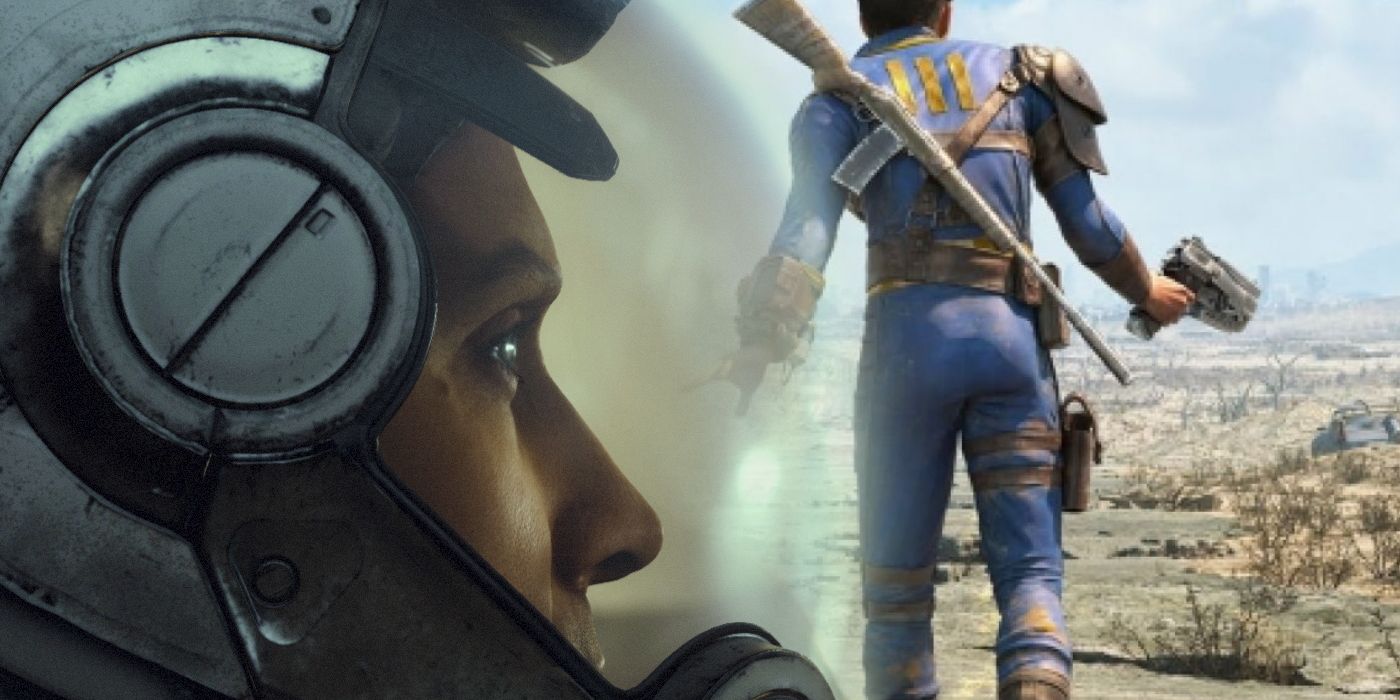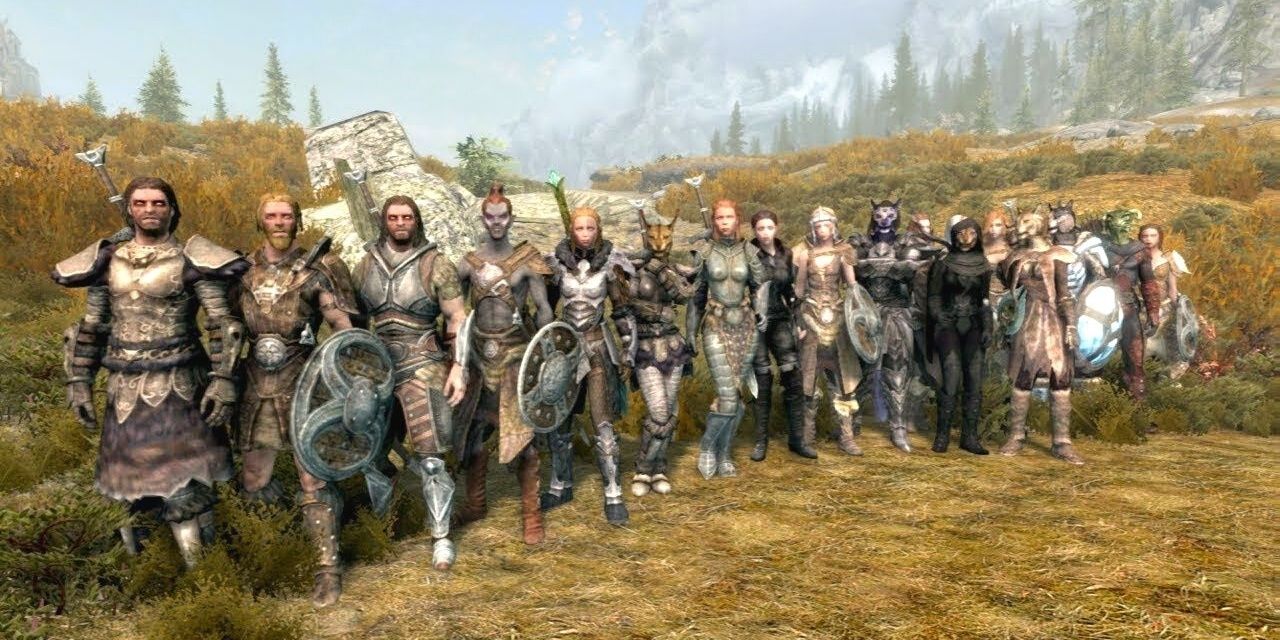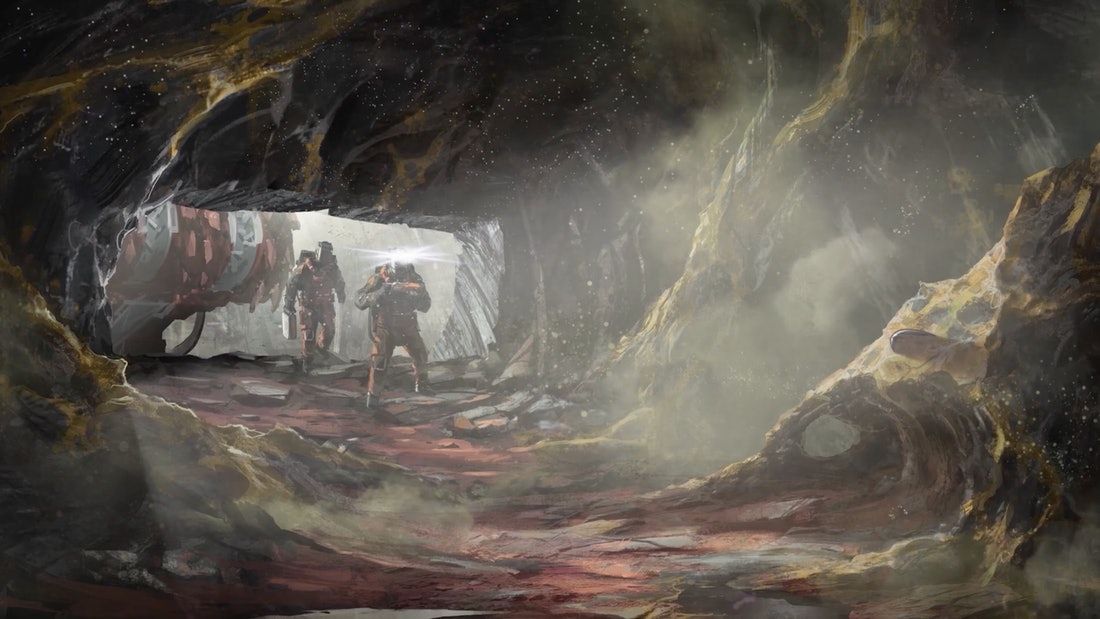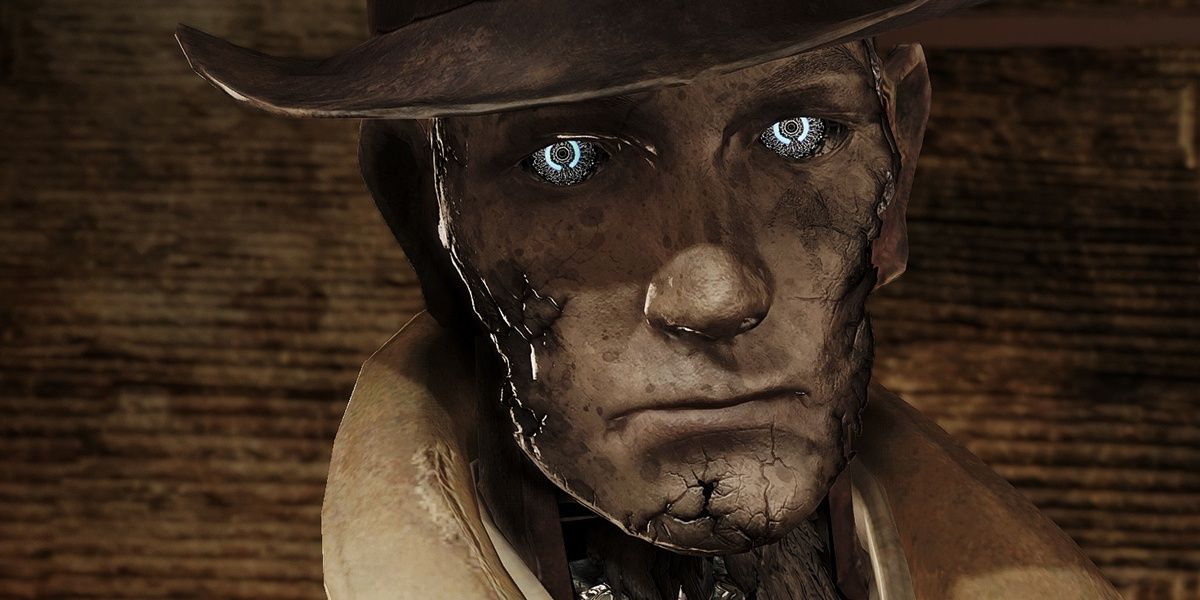
Throughout E3 2021 and the following week, Bethesda seemed particularly eager to compare Starfield to Skyrim. This came as no surprise considering Skyrim's immense success and long-lasting legacy, but the lack of comparison to the studio's other sci-fi RPG IP, Fallout, struck some fans as strange. There are likely many different reasons for this, including the damage done to Fallout's reputation by the disappointing reception of Fallout 76.
However, there's one vital part of Starfield that should draw on Fallout 4 and some of the older Fallout games, instead of The Elder Scrolls 5. Despite its flaws, Fallout 4 took one part of Bethesda's open-world RPG formula to the next level. If Starfield sticks too closely to Skyrim, it could leave one of Fallout's better innovations behind.
RELATED: What Todd Howard's Skyrim Comparison of Starfield Probably Means

There are over forty followers in Skyrim's base game. Although many of them are gained as followers after completing a quest or joining a faction, after that, their story essentially ends. The opportunity to engage with them as a character, more than a mechanic, dries up quick. Aside from the stock phrases they shout during combat and a handful of unique dialogue options, many of Skyrim's followers ironically become more generic after the player gets to know them. While other RPGs like Mass Effect are famous for their well-developed companions, Skyrim is not. The Elder Scrolls 5's relatively shallow follower system does play a vital part of the gameplay, however.
Skyrim's design philosophy massively prioritizes freedom of roleplay and breadth of opportunities, above depth of story or character development. This set of priorities should not be dismissed as poor storytelling. The level of freedom the game affords to players and its lack of heavily scripted sequences is one of its greatest strengths, giving it great replay value and allowing players to create their own stories in the game's detailed open world.
Fallout 4, however, showed just how much more interesting the companions in an open-world Bethesda game can be than the ones found in Skyrim's base game. Starting with Serana in Skyrim's Dawnguard DLC, Bethesda began experimenting with more complicated companions. By Fallout 4, the studio showed that it could develop a game with followers who were integrated into the main quest and had their own backstories and questlines, without compromising the player's roleplaying freedom.
Fallout 4's breadth of roleplaying opportunities are far more restricted than The Elder Scrolls and even previous Fallout games, with all players starting out as a veteran or lawyer in a heterosexual marriage and with a young son. It isn't the game's well-developed companions, however, that contribute to this inflexibility, but the prescriptive premise of the player character.
RELATED: Starfield Should Take One Big Lesson from Skyrim's Longevity

Starfield should focus on developing a smaller group of companion characters in the style of Fallout 4. Nick Valentine is a great example of the strengths of Fallout 4's follower design. Players meet him as part of the main quest. Based on what has been revealed so far in the E3 trailer, and the video Into the Starfield: The Journey Begins, Starfield's main quest will see the player embarking on "humanity's final journey" to discover "life's greatest mystery." Like Nick, at least some of the main follower characters in Starfield should be characters that the player meets on their main quest.
In contrast, there's only one Skyrim follower who inevitably offers to follow the player while they are completing the main quest, and she's tacked on as a servant, rather than having her own reasons to be involved in the story. Lydia may be an iconic Skyrim follower, but compared to other characters in Skyrim's story like Delphine and Esbern, she's extremely shallow and disconnected from the plot.
There's no moment where her presence during a quest progresses her character, or reveals more about her background in any way. Unlike Fallout 4's followers, Skyrim's followers rarely even comment on events in the main quest. This is why many players rely on Skyrim mods like Interesting NPCs and its super follower system to make the game's world feel more alive.

Nick Valentine has a unique backstory as a synth based on the memories of a detective who lived before the Great War of 2077. His companion questline sees the player hunt down the now-ghoulified gangster who killed the original Nick's fiancée. It's not a hugely complicated questline, it doesn't prescribe anything about the player character or their own backstory, and its storytelling style would fit well into Starfield even if the game aims to prioritize the kind of roleplaying freedom found in Skyrim.
Fallout 4 isn't the first Fallout game to show how well deeper companions can work in a Bethesda game. Even before Dawnguard, Fallout: New Vegas' small gang of followers all had their own backstories, personalities, and quests as well. They showed that immersive relationships between the player and their followers can be formed even when the player character is, unlike the Sole Survivor, more-or-less a blank slate.
Having a handful of followers in Starfield would also lend itself well to something many players will want as a feature as they explore the galaxy — a crew. Players should be able to bring their different followers along with them on their Starfield ship, keeping them together while venturing out into the unknown. It would be great to see them interacting independently with each other as well, something Skyrim's followers never do. This might risk challenging Bethesda's open-ended formula with Mass Effect-style storytelling, but the Fallout games demonstrate just how well a smaller group of well-developed followers can work, even in Bethesda's open-world format.
Starfield releases November 11, 2022, for PC and Xbox Series X/S.
MORE: The Elder Scrolls 6 is Using Same Engine as Starfield, Still in 'Design Phase'

